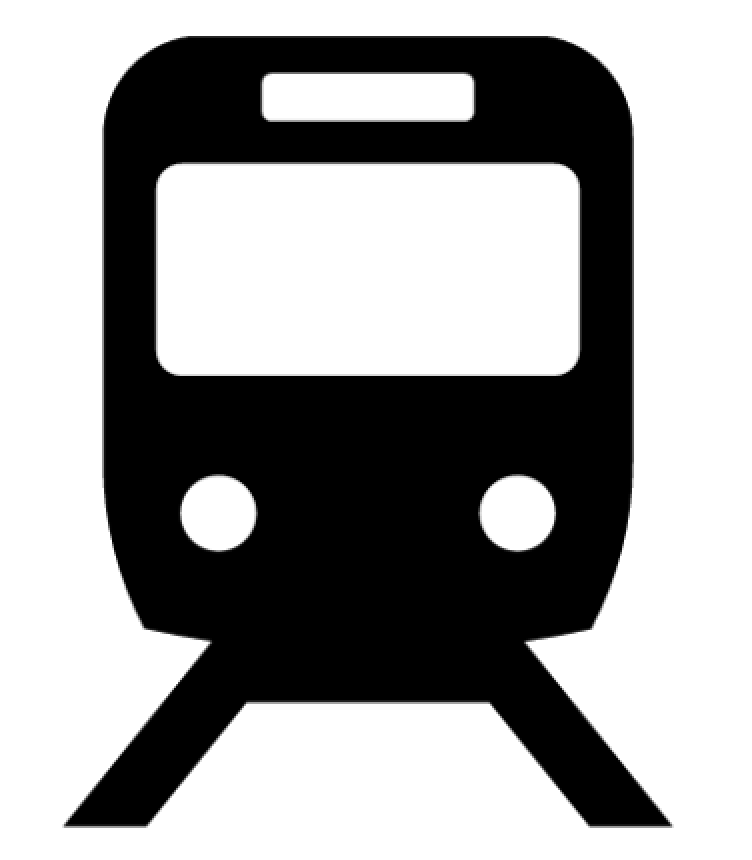| Re: [otd] 1st October 1971 - last run of the 4DD Posted by rogerpatenall at 08:34, 2nd October 2024 |     |
I used the DDs quite often when I first started working in London. Yes, they were cramped - in my mind more so upstairs than down, but my main memory is of the cigarette smoke. I do not remember non smoking being available and there was no ventilation upstairs. My parents were both heavy smokers (a doctor amongst them!) and moving to a hostel then to a flat in London introduced me to the joys of a low smoke environment. The contrast was amazing, and the DDs a sharp reminder of what used to be.
| Re: [otd] 1st October 1971 - last run of the 4DD Posted by grahame at 09:23, 1st October 2024 |     |
I didn't personalise this in my post a year ago, but I travelled on that last run from Charing Cross to Dartford; an interesting experience but in many ways a sad occasion and as such not something to be repeated; I gave the last HSTs out of Paddington in passenger service a miss too, but I look forward in each of those cases to a modern(er) replacement.
Much more significant - two other last runs, neither made for pleasure but rather to mark the loss of a useful facility.
* December 2006 - the final (17:40 ish) commuter train from Swindon to Melksham, with around 50 passengers most of whom were not aware that it would not run from the following Monday, service "replaced" by a train an hour later which was of little use to daily commuters. It took us until December 2013 to get a viable service that met commuter needs back.
* December 2021 - the final through service from Bristol Temple Meads (and Bath and Bradford-on-Avon and Trowbridge) to Clapham Junction and London Waterloo. A well loved and busy service whose sacrifice was unjustified to put it mildly. Ironically, extra trains added since that date from Bristol to Salisbury and from Salisbury to Waterloo, both sets of which often use class 158 trains, are timetabled to not to connect at Salisbury so operationally the saving that was used to justify the cut has not been realised. But now passenger from Bristol and Bath to south London, and from Bradford-on-Avon and Trowbridge to London, have to change on the way. For the fit young men from the ministry, with their slim backpacks and strong rail knowledge, a change of trains is no big deal but for the occasional traveller, those with heavy luggage, children in tow, with restricted mobility, poor sight or other senses, or just nervous, the need to change puts them off using the service. It took us 7 years to get the Melksham Commuter service back - let's hope we can get through trains from and to London from out county town rather sooner, though 2028 is now not all that far ahead.
| [otd] 1st October 1971 - last run of the 4DD Posted by grahame at 07:20, 1st October 2023 |     |
From a dedicated web site
Conceived by OVS Bulleid for the newly nationalised Southern Railway’s commuter route from London Charing Cross to Dartford, the two 4DD (Double Deck) EMUs were the only double-deck trains to run on the main railway network in Britain.
The 4DD Double Deck units were a unique experiment in UK train design, an experiment which carried on in service for over 20 years. The trains were withdrawn in 1971
The 4DD Double Deck units were a unique experiment in UK train design, an experiment which carried on in service for over 20 years. The trains were withdrawn in 1971
An experiment ... that didn't really work ... aimed at getting more passengers per hour flowing on the South Eastern lines through London Bridge in peak hours.
Due to the loading gauge limitations in the UK, the upper and lower compartments were "staggered" - with people in the lower compartment sitting below people in the upper compartment. So each (slam) door catered for 22 passengers - 6 on one side and 5 on the other in the lower compartment, with the sixth seat replaced by a steep stairway, then 5 + 6 above. Cramped as I recall, and the big problem was the station dwell time.
As the 4DD units (4001 and 4002 / became 4901 and 4902) failed to solve the capacity problem, expensive engineering in the "10 car scheme" increased platform lengths to 10 carriages from 8 to make the trains longer. I've not seen much official, but as I recall that only helped somewhat as passengers tended to all join towards the rear leaving London (front on the way in) as the platform entrances at Charing Cross, Waterloo, Cannon Street and London Bridge were all at the same end of the platform.
Two driving cars preserved, both in poor condition and now on a restoration site in Kent where some enthusiastic folks are working on them. It would be lovely to see them running again but it would be very different to Charing Cross to Dartford










